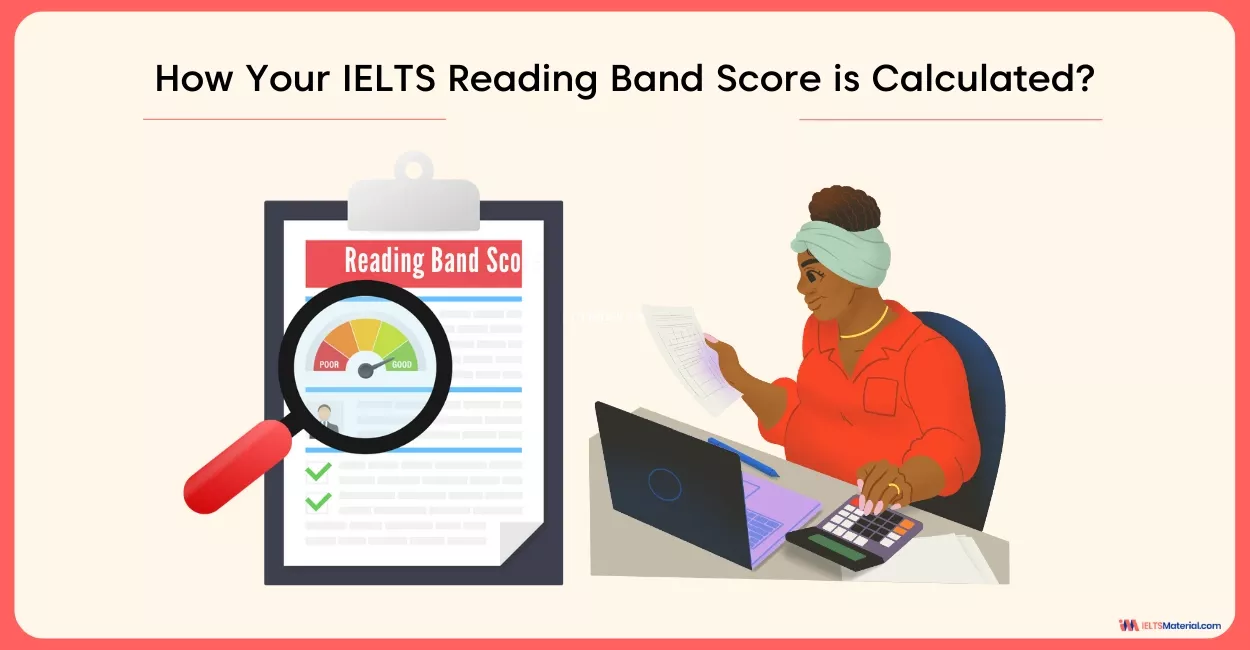The Story of Coffee Reading Answers
5 min read
Updated On
-
Copy link
Want to explore different question types in the IELTS Academic Reading Passage? Check out the different strategies for specific questions and look at the answers to 'The Story of Coffee Reading Answers’ to acquire band 8+ in the IELTS exam.
Table of Contents

Limited-Time Offer : Access a FREE 10-Day IELTS Study Plan!
In order to take your preparation for the IELTS Reading to the next level, one needs to practice every variety of question type. The different questions to the IELTS Academic Reading passage on The Story of Coffee Reading Answers would help in your targeted study since these different question types use different strategies. The questions in the Reading Module would be brought from Section 3, and you would learn how to attempt this to aim for band 8+ on the IELTS exam.
With constant practice, the Reading Module, which can also be IELTS General Reading, can end up becoming the highest-scoring category. Remember that working through such example reading questions as the story of coffee reading answers would ensure that your reading skills are honed for the test day.
It's that time we look together at the passage,The Story of Coffee Reading Answers!
Don’t Miss Out: Schedule your FREE IELTS Reading Improvement Session with experts!
Types of Questions in The Story of Coffee Reading Answers
By solving and reviewing IELTS Reading recent actual test from past IELTS papers, you can ensure that your Reading skills are up to the mark to score a band 8+. It is suggested to become familiar with the different question types and then start attempting the test papers like the story of coffee reading answers.
The question types found in this passage are:
- Matching Headings (Q. 28 – 33)
- Diagram Completion (Q. 34 – 36)
- Flowchart Completion (Q.37 – 40)
Not sure how to answer the Flow Chart Completion questions? Take a look at easy steps to solve the IELTS Flow Chart and learn now!
Want to boost your Reading skills? Join our IELTS Webinar for expert guidance and practice.
Tips for Answering the Question Types in The Story of Coffee Reading Answers
Let us check out some quick tips to answer the types of questions in the The Story of Coffee Reading Answers. This will not only help you attempt the questions given in this passage but also guide you through different question types.
Matching Heading
Matching Headings questions require you to match headings to the correct sections or paragraphs in a passage. This task tests your ability to understand the main idea of each section. Following are some tips for Matching Headings:
- Read Instructions Carefully: Understand what you need to do and how many headings you need to match.
- Identify Main Ideas: Skim each paragraph to grasp its main idea before looking at the headings.
- Highlight Keywords: Highlight key phrases in both the headings and the paragraphs to find matches by getting familiar with the IELTS Reading keyword techniques.
- Eliminate Incorrect Headings: Use the process of elimination to rule out headings that clearly do not fit.
- Match by Meaning, Not Just Words: Look for the overall meaning of the paragraph, not just matching keywords.
Diagram Completion
In Diagram Completion, you fill in gaps in a diagram based on information from the passage. Answers may be words or phrases directly from the text. Here are tips for Diagram Completion:
- Read Instructions Carefully: Note word limits for each gap.
- Identify Keywords: Highlight important terms in the diagram and locate them in the passage.
- Skim and Scan: Skim the passage for overall ideas and scan for specific details related to the diagram.
- Use Context Clues: Read surrounding text for context to find the precise words or phrases needed.
- Check Grammar and Spelling: Ensure answers are grammatically correct and accurately spelled for which you need to check with the IELTS Grammar.
Flowchart Completion
Flowchart Completion questions require you to complete a flowchart based on information from the passage. These questions assess your ability to understand and follow the sequence of events or processes described in the text. Here are tips for Flowchart Completion:
- Read Instructions Carefully: Pay attention to word limits and specific instructions for filling in the blanks.
- Identify Keywords: Highlight key terms in the flowchart and locate them in the passage to find the relevant information. Therefore, prepare yourself with the IELTS Vocabulary.
- Follow the Sequence: Understand the logical flow or sequence of events or steps in the process described.
- Use Context Clues: Read surrounding text to ensure you choose the correct words or phrases that fit logically and contextually.
- Check for Accuracy: Make sure your answers fit grammatically and accurately represent the information from the passage.
Get the Comprehensive IELTS Reading (Academic) Band 8 Preparation Course and level up your preparation for the IELTS exam.
The Story of Coffee
You should spend about 20 minutes on Questions 28-40, which are based on the Reading Passage below.
Find the reading passage with questions in the Story of Coffee PDF here.
The Story of Coffee IELTS Reading Answers
Awesome work! Have a look at ‘The Story of Coffee’ IELTS Reading answer key with detailed explanation and answer location. It will help you tally your answers as well as give you an idea of which question type to focus on to achieve a good IELTS Reading band score.
|
Question Number |
Answers |
Keywords |
Location of Keywords |
|
28. |
viii |
Coffee berries were transported from Ethiopia to the Arabian Peninsula, spreading to Turkey and then to the European continent |
Paragraph B |
|
29. |
ix |
Coffee was first eaten as food by roasting the beans, a delicious drink could be made. |
Paragraph C |
|
30. |
vi |
About 60 species of coffee plants growing wild in Africa, Malaysia, and other regions. |
Paragraph D |
|
31. |
xi |
One reaches a height of around four metres. This makes the harvest and flowering easier, and cultivation more economical. |
Paragraph E |
|
32. |
i |
The climate needs to be hot-wet or hot temperate, with frequent rains and temperatures varying from 15 to 25 C. |
Paragraph F |
|
33. |
iii |
The pulped beans then rest, covered in pure rainwater to ferment overnight, the wet beans are hand-distributed upon the drying floor to be sun-dried. |
Paragraph G |
|
34. |
epicarp |
The berry is coated with a thin, red film (epicarp) |
Paragraph E, Lines 6-7 |
|
35. |
mesocarp |
Containing a white, sugary mucilaginous flesh (mesocarp). |
Paragraph E, Lines 7-8 |
|
36. |
endocarp |
Coated with a kind of, golden yellow parchment, (endocarp) |
Paragraph E, Lines 10-11 |
|
37. |
wet-milled |
Cherry coffee can be pulped (or wet-milled) |
Paragraph G, Lines 6-7 |
|
38. |
overnight |
covered in pure rainwater to ferment overnight. |
Paragraph G, Lines 7-8 |
|
39. |
raked (many times) |
To make sure they dry evenly, the beans need to be raked many times |
Paragraph G, Lines 10-11 |
|
40. |
Customers’ specifications |
Roasted according to the customers’ specifications |
Paragraph G, Last 2 lines |
Book a FREE Online Webinar with Our IELTS Experts to Learn More Tips and Techniques for IELTS Reading!
Great work on attempting to solve ‘ The Story of Coffee’ IELTS reading passage! To crack your IELTS Reading in the first go, try solving more of the Recent IELTS Reading Passages. Remember that as you practice on a regular basis, you could develop your reading skills and take a step towards scoring a band 8+ in the IELTS exam.
Related Cue Cards :
Also check:
Practice IELTS Reading based on question types

Start Preparing for IELTS: Get Your 10-Day Study Plan Today!
Recent Articles

Nehasri Ravishenbagam

Haniya Yashfeen

Haniya Yashfeen

Haniya Yashfeen




Post your Comments